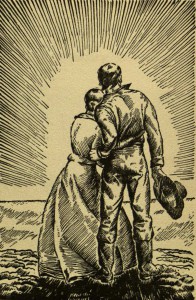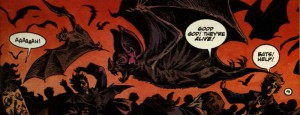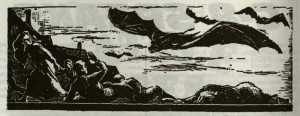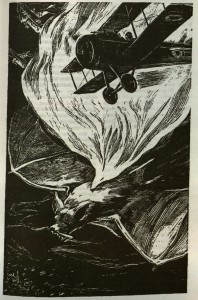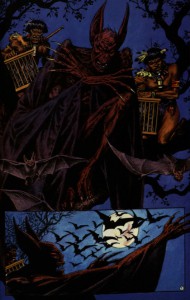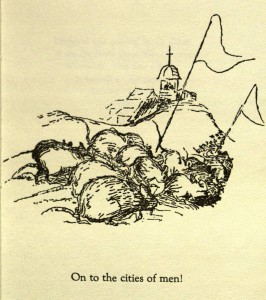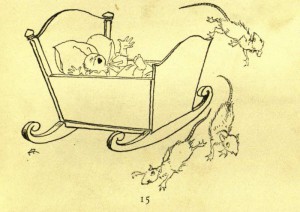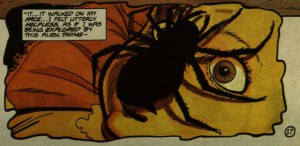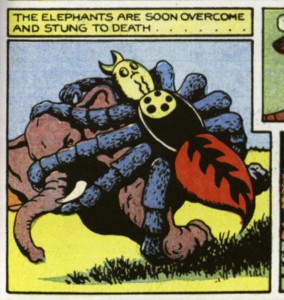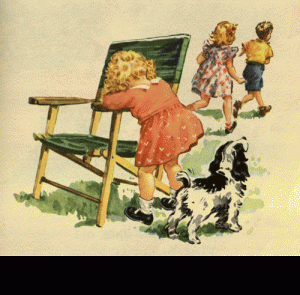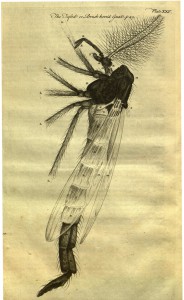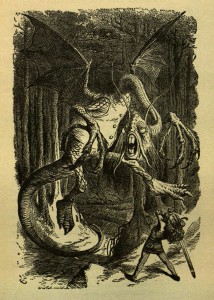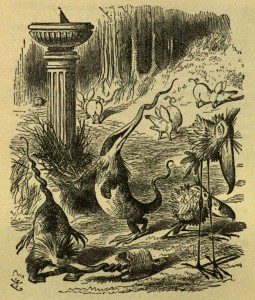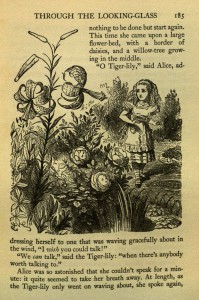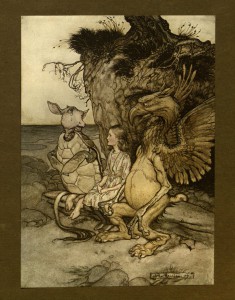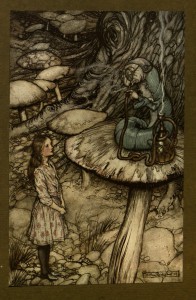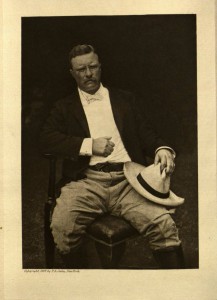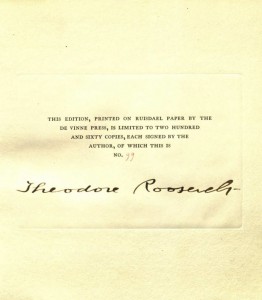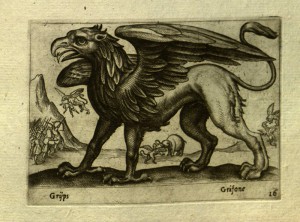
The mighty griffin, with the head, wings, and talons of an eagle and the body of a lion, is said to represent power and majesty as the ruler of all creatures. Which makes sense since the eagle is commonly cited as the king of birds and the lion as the king of beasts. The griffin is quite common in tales and mythology throughout the ages, and is one of the more well-known fantastic beasts, like unicorns or dragons.
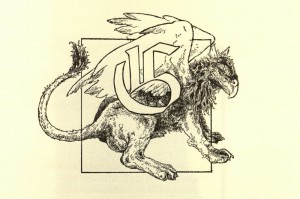
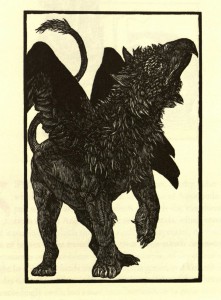
Griffins are incredibly strong, and are often used in heraldry and crests. Griffins were also said to be extremely wise, and, like dragons, had a tendency to seek out and hoard gold. Adrienne Mayor suggests that the origin of the griffin myth comes from fossil findings of the pentaceratops (a dinosaur with a beaked face and four-legged body), whose bones would have looked much like a griffin's were supposed to, near known gold veins.
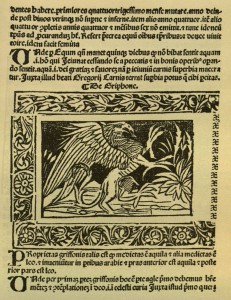
Lewis Carroll even includes a gryphon (pictured below) in his stories as a demanding guide to take Alice to the Mock Turtle.
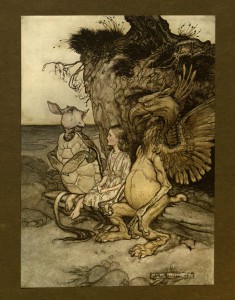
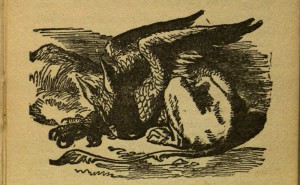
To find the king of the beasts for yourself, all you need to do is pay a visit to us here at Special Collections – no digging in the mountains necessary!
